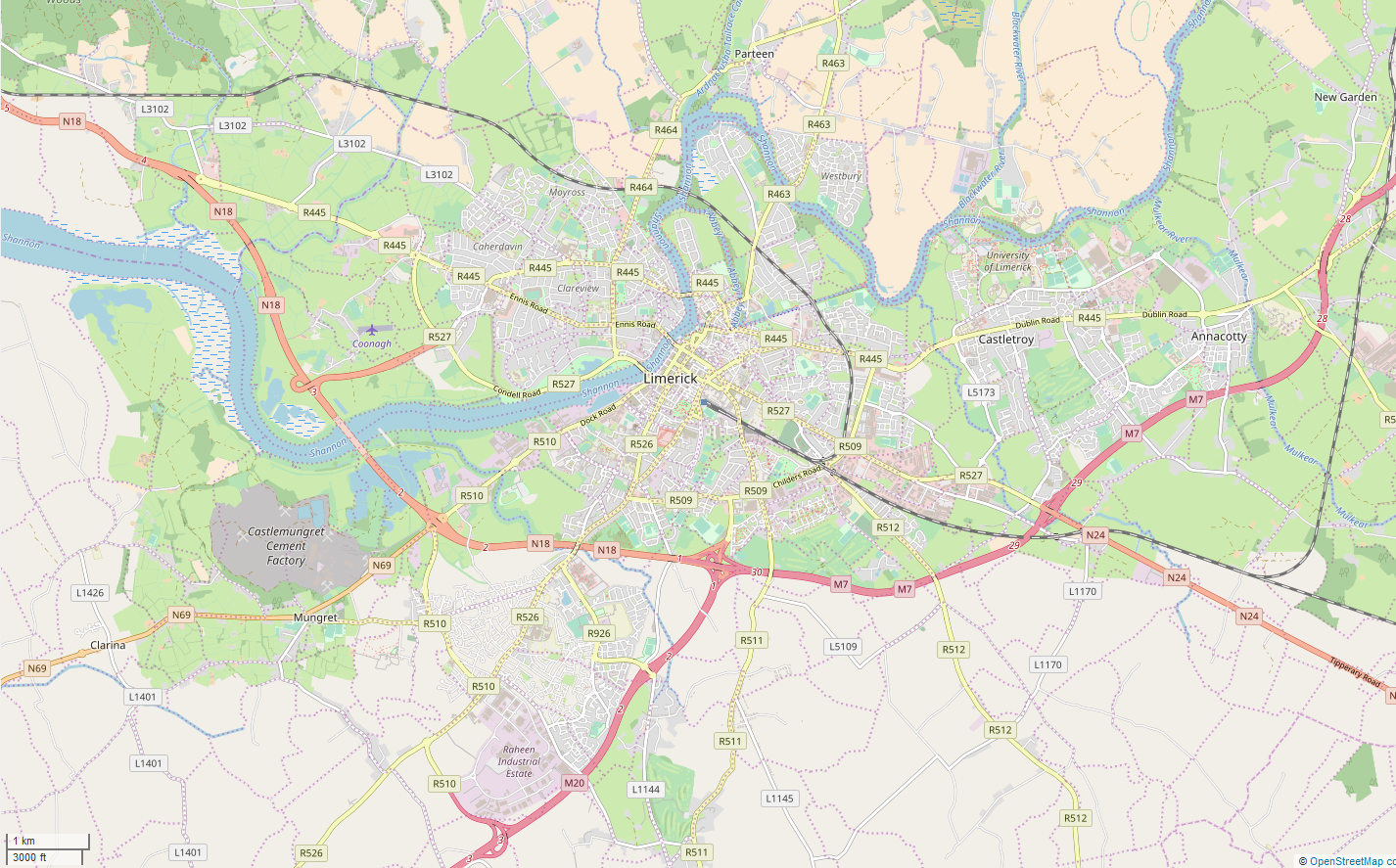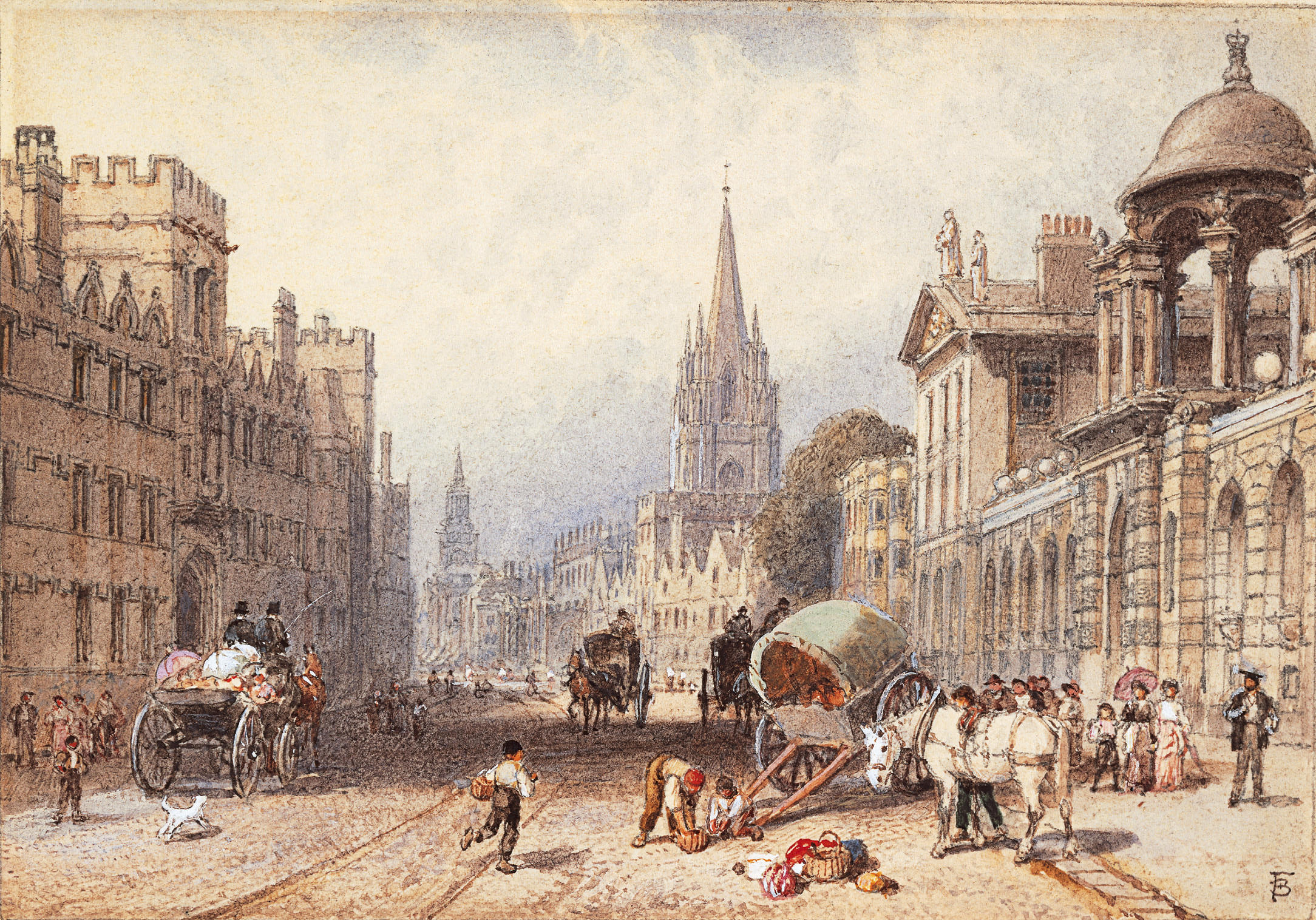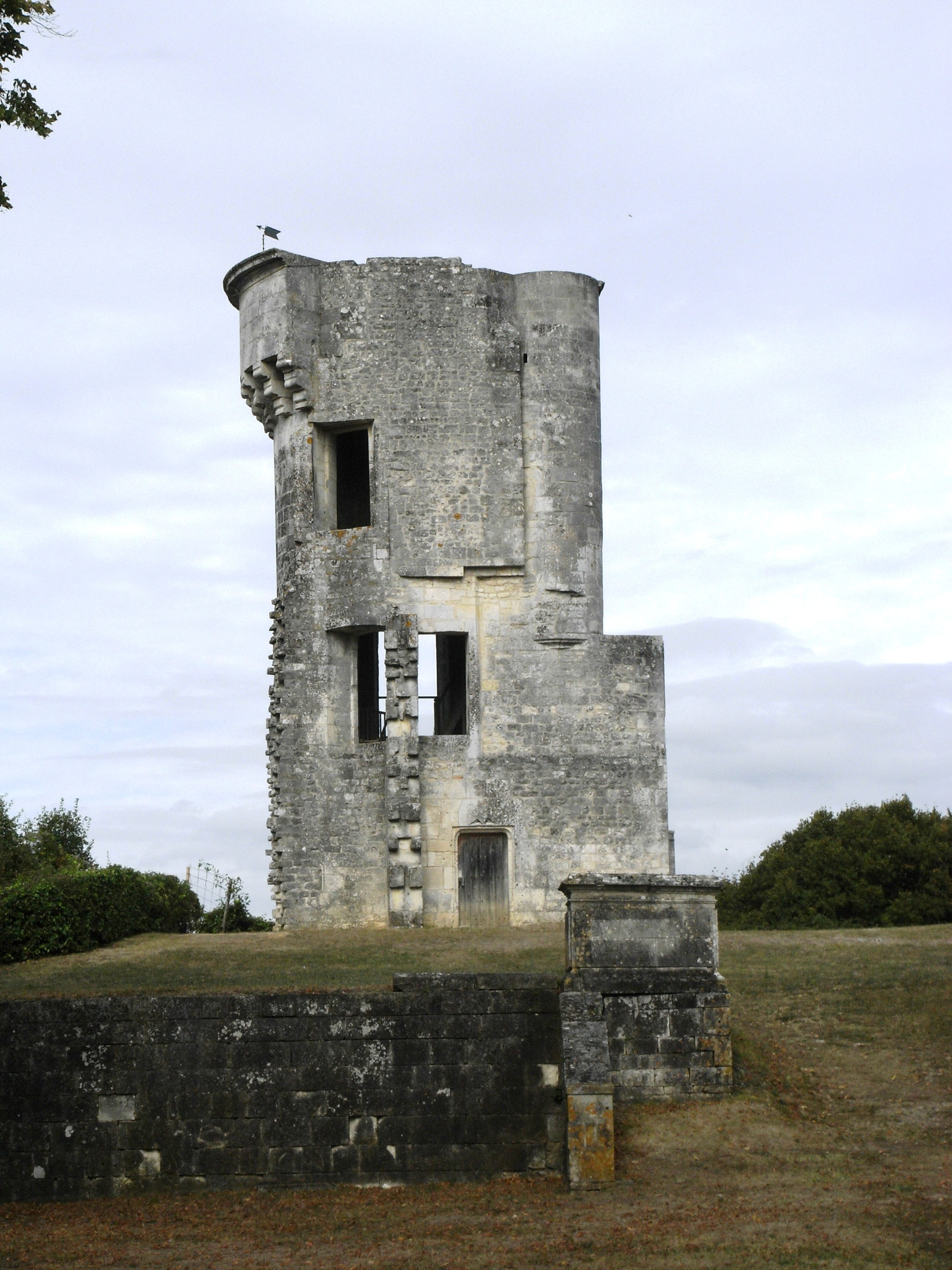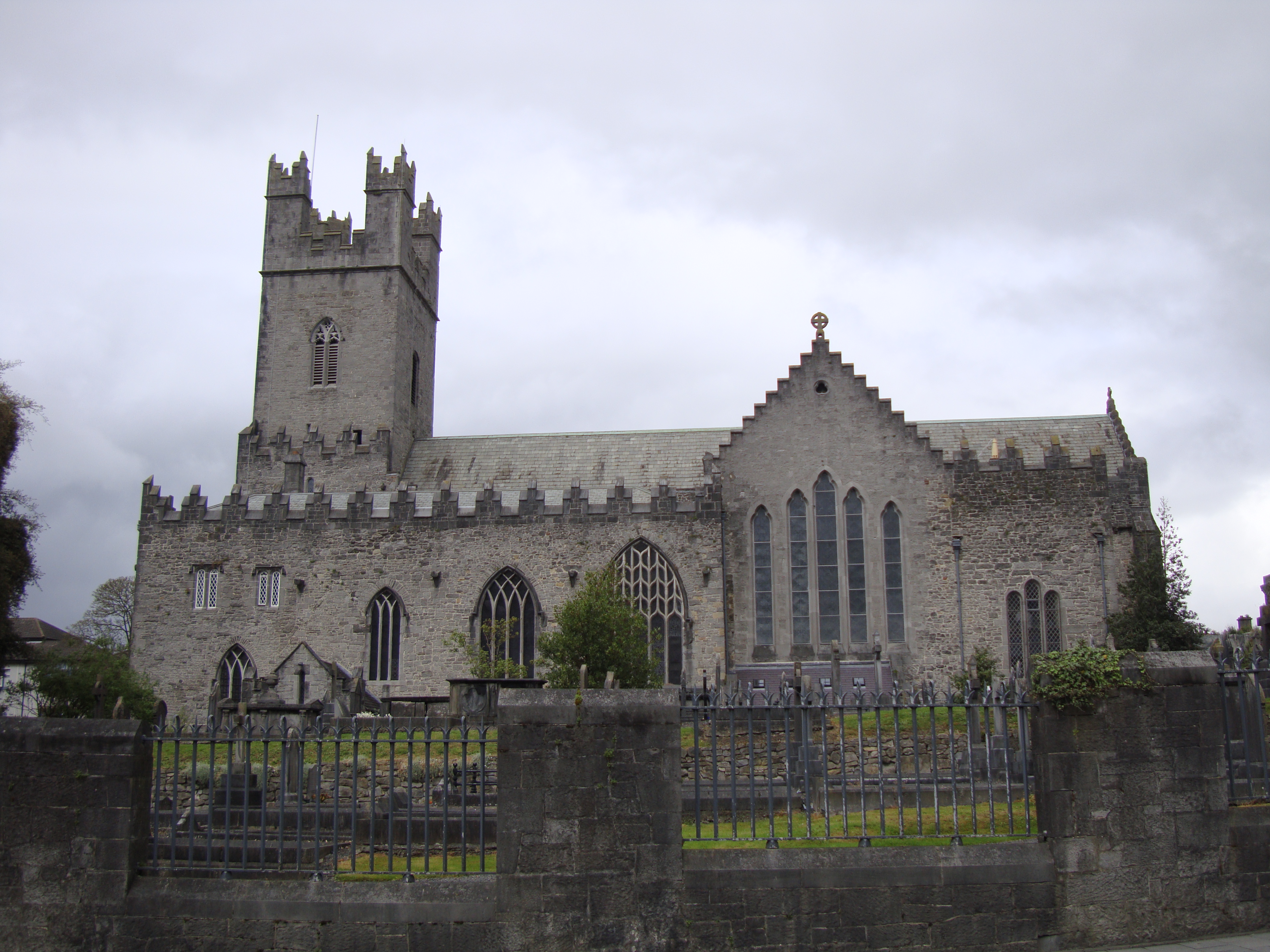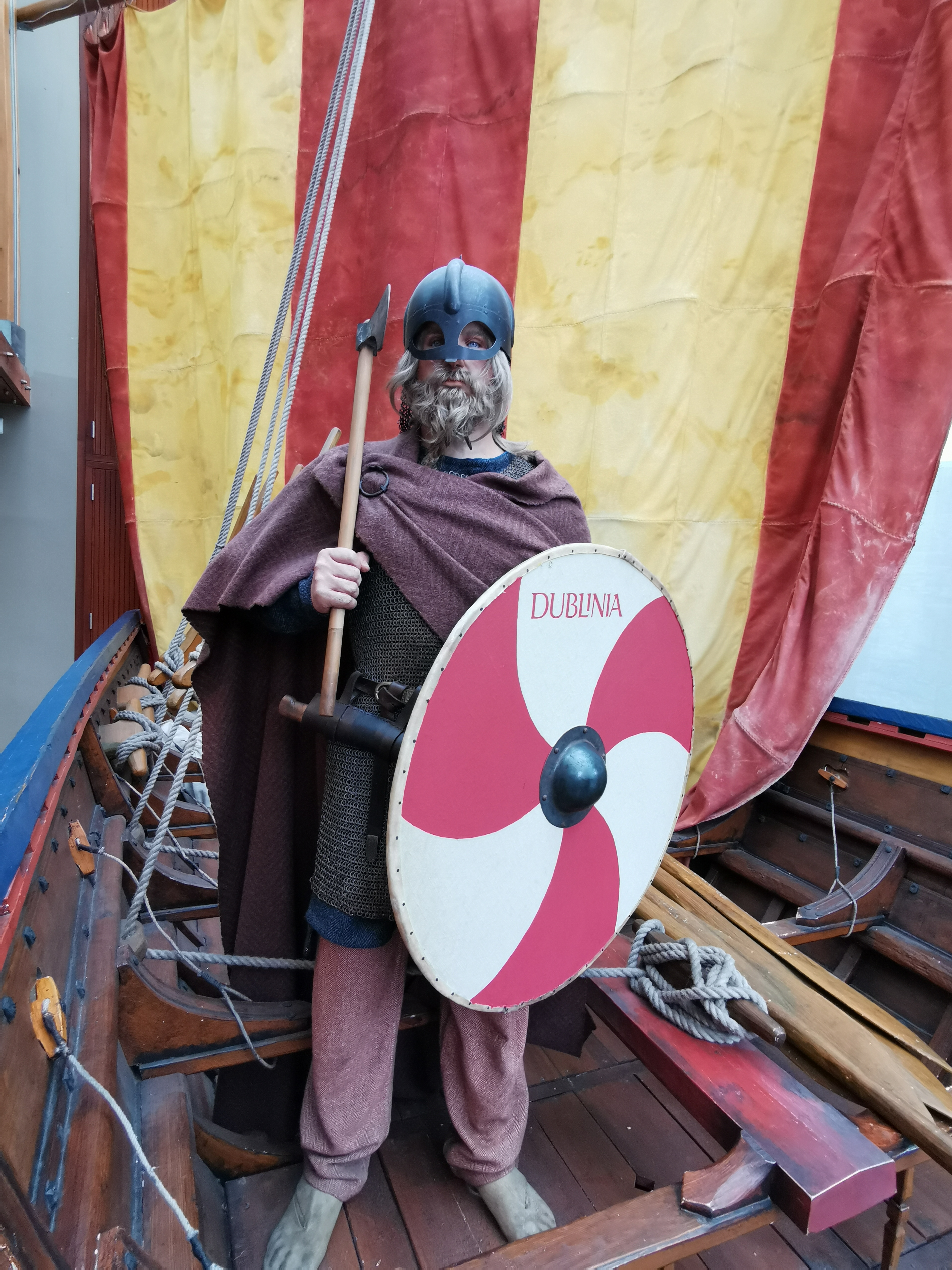|
King John's Castle (Limerick)
King John's Castle () also known as Limerick Castle is a 13th-century castle located on King's Island in Limerick, Ireland, next to the River Shannon. Although the site dates back to 922 when the Vikings lived on the Island, the castle itself was built on the orders of King John of England in 1200. Some of the external walls, towers and fortifications remain, and the site is open for visitors. The remains of a Viking settlement were uncovered during archaeological excavations at the site in 1900. The castle experienced five sieges during the 17th century. The walls were severely damaged during the 1642 siege when the castle was occupied by Protestants fleeing the Irish Rebellion of 1641 and was besieged by an Irish Confederate force under Garret Barry. Between 2011 and 2013, the castle underwent a €5.7 million redevelopment to improve the visitor facilities of the castle. Among the improvements were a modern visitor centre, interactive exhibitions with computer generat ... [...More Info...] [...Related Items...] OR: [Wikipedia] [Google] [Baidu] |
Limerick
Limerick ( ; ) is a city in western Ireland, in County Limerick. It is in the Provinces of Ireland, province of Munster and is in the Mid-West Region, Ireland, Mid-West which comprises part of the Southern Region, Ireland, Southern Region. With a population of 102,287 at the 2022 census of Ireland, 2022 census, Limerick is the List of urban areas in the Republic of Ireland, third-most populous urban area in Republic of Ireland, Ireland, and the List of settlements on the island of Ireland by population, fourth-most populous city on the island of Ireland. It was founded by Scandinavian settlers in 812, during the Viking Age. The city straddles the River Shannon, with the historic core of the city located on King's Island, Limerick, King's Island, which is bounded by the Shannon and Abbey River, Limerick, Abbey Rivers. Limerick is at the head of the Shannon Estuary, where the river widens before it flows into the Atlantic Ocean. Limerick City and County Council is the Local gov ... [...More Info...] [...Related Items...] OR: [Wikipedia] [Google] [Baidu] |
Garret Barry (soldier)
Garret Barry, also called Gerat (died 1646), was an Irish soldier and military writer, who fought for Spain in the Eighty Years' War and then for the Irish insurgents in the Rebellion and the Confederate Wars. When young he left Kinsale at its surrender in 1602 for Spain where he took service, first as marine in the Atlantic Fleet and then in the Army of Flanders. While in Spanish service, he fought at the Siege of Breda in 1624/1625. He retired with the rank of captain in 1632. Returning to Ireland he was at the Rebellion appointed general of the insurgents' Munster Army. He took Limerick in June 1642 but was defeated at Liscarroll by Inchiquin in September. He was confirmed as General of the Munster Army by the Irish Catholic Confederation but was in practice superseded by Castlehaven in 1643. Birth and origins Garret was probably born near the end of the 16th century. and is probably the 'Garrot Barry', eldest of the four sons of 'David FitzGarret Barry', 'dwelling a ... [...More Info...] [...Related Items...] OR: [Wikipedia] [Google] [Baidu] |
History Of Limerick
The history of Limerick stretches back to its establishment by Vikings as a walled city on King's Island, Limerick, King's Island (an island in the River Shannon) in 812, and to the granting of Limerick's city charter in 1197. John, King of England, King John ordered the building (1200) of King John's Castle (Limerick), a great castle. The city was Sieges of Limerick (other), besieged three times in the 17th century, culminating in the famous 1691 Treaty of Limerick and the Flight of the Wild Geese, flight of the defeated Catholic leaders Irish diaspora, abroad. Much of the city was built during the following Georgian era, Georgian prosperity, which ended abruptly with the Act of Union 1800, Act of Union in 1800. Today the city has a growing multicultural population. Name ''Luimneach'' originally referred to the general area along the banks of the Shannon Estuary, which was known as ''Loch Luimnigh''. The original pre-Viking and Viking era settlement on Kings Island w ... [...More Info...] [...Related Items...] OR: [Wikipedia] [Google] [Baidu] |
Oxford
Oxford () is a City status in the United Kingdom, cathedral city and non-metropolitan district in Oxfordshire, England, of which it is the county town. The city is home to the University of Oxford, the List of oldest universities in continuous operation, oldest university in the English-speaking world; it has buildings in every style of Architecture of England, English architecture since late History of Anglo-Saxon England, Anglo-Saxon. Oxford's industries include motor manufacturing, education, publishing, science, and information technologies. Founded in the 8th century, it was granted city status in 1542. The city is located at the confluence of the rivers Thames (locally known as the Isis) and River Cherwell, Cherwell. It had a population of in . It is north-west of London, south-east of Birmingham and north-east of Bristol. History The history of Oxford in England dates back to its original settlement in the History of Anglo-Saxon England, Saxon period. The name � ... [...More Info...] [...Related Items...] OR: [Wikipedia] [Google] [Baidu] |
Luke Gernon
Luke Gernon (c.1580 – c.1672) was an Irish judge who held office in seventeenth-century Ireland. He is best remembered today for his manuscript (which seems to have been a private letter) called ''A Discourse of Ireland''. The ''Discourse'' was written in 1620, and was first published in 1904. He had several notable descendants, including his grandson, the poet Nicholas Brady, and Maziere Brady, a long-serving Lord Chancellor of Ireland in the nineteenth century. Career In view of his later eminence, it is surprising how little is known of Gernon's family background or his early life.Suranyi p.147 He was certainly English by birth and was most likely a native of Hertfordshire, but nothing seems to be known of his parents. He was probably the Lucas Gernon who entered Lincoln's Inn in 1604; afterwards, he is said to have served for a time as a soldier. He arrived in Ireland in about 1619, in which year he was admitted to the King's Inn.Kenny p.206 In the same year he became se ... [...More Info...] [...Related Items...] OR: [Wikipedia] [Google] [Baidu] |
Richard I Of England
Richard I (8 September 1157 – 6 April 1199), known as Richard the Lionheart or Richard Cœur de Lion () because of his reputation as a great military leader and warrior, was King of England from 1189 until his death in 1199. He also ruled as Duke of Normandy, Duke of Aquitaine, Aquitaine, and Duchy of Gascony, Gascony; Lord of Cyprus in the Middle Ages, Cyprus; Count of Poitiers, Counts and dukes of Anjou, Anjou, Count of Maine, Maine, and Count of Nantes, Nantes; and was overlord of Brittany at various times during the same period. He was the third of five sons of Henry II of England and Eleanor of Aquitaine and was therefore not expected to become king, but his two elder brothers predeceased their father. By the age of 16, Richard had taken command of his own army, putting down rebellions in Poitou against his father. Richard was an important Christian commander during the Third Crusade, leading the campaign after the departure of Philip II of France and achieving sev ... [...More Info...] [...Related Items...] OR: [Wikipedia] [Google] [Baidu] |
City Charter
A city charter or town charter (generically, municipal charter) is a legal document (''charter'') establishing a municipality such as a city or town. The concept developed in Europe during the Middle Ages. Traditionally, the granting of a charter gave a settlement and its inhabitants the right to town privileges under the feudal system. Townspeople who lived in chartered towns were burghers, as opposed to serfs who lived in villages. Towns were often " free", in the sense that they were directly protected by the king or emperor, and were not part of a feudal fief. Today, the process for granting is determined by the type of government of the state in question. In monarchies, charters are still often a royal charter given by the Crown or the authorities acting on behalf of the Crown. In federations, the granting of charters may be within the jurisdiction of the lower level of government, such as a province. Canada In Canada, charters are granted by provincial authorities. ... [...More Info...] [...Related Items...] OR: [Wikipedia] [Google] [Baidu] |
Lord Of Ireland
The Lordship of Ireland (), sometimes referred to retrospectively as Anglo-Norman Ireland, was the part of Ireland ruled by the King of Kingdom of England, England (styled as "Lord of Ireland") and controlled by loyal Normans in Ireland, Anglo-Norman Lords between History of Ireland (1169–1536), 1177 and 1542. The lordship was created following the Anglo-Norman invasion of Ireland in 1169–1171. It was a papal fief, granted to the Plantagenet kings of England by the Holy See, via . As the Lord of Ireland was also the King of England, he was represented locally by a chief governor of Ireland, governor, variously known as the Justiciar, Lieutenant, Lord Lieutenant or Lord Deputy. The kings of England claimed lordship over the whole island, but in reality the king's rule only ever extended to parts of the island. The rest of the island – referred to subsequently as Gaelic Ireland – remained under the control of various Gaels, Gaelic Irish kingdoms or chiefdoms, who were oft ... [...More Info...] [...Related Items...] OR: [Wikipedia] [Google] [Baidu] |
Domnall Mór Ua Briain
Domnall Mór Ua Briain, or Domnall Mór mac Toirrdelbaig Uí Briain, was King of Thomond in History of Ireland, Ireland from 1168 in Ireland, 1168 to 1194 in Ireland, 1194 and a claimant to the title King of Munster. He was also styled History of Limerick, King of Limerick, a title belonging to the O'Brien dynasty since Brian Boru's Burning of Luimneach, sacking of the Hiberno-Norse city state after the Battle of Sulcoit in the 10th century. History Domnall Mór ("Donall the Great") was the third son of Toirdhealbhach mac Diarmada Ua Briain, King of Munster, who reigned from 1142 to 1167. He ascended to the throne in 1168 after the death of his eldest brother, Muirchertach, who had succeeded their father as king. Muirchertach was killed at the instigation of his cousin Conchobar mac Muirchertach Ua Briain. His other brother Brian of Slieve Bloom was blinded in 1169. The same year, Domnall entered into conflict with the High King of Ireland, Ruaidrí Ua Conchobair and was forced ... [...More Info...] [...Related Items...] OR: [Wikipedia] [Google] [Baidu] |
Munster
Munster ( or ) is the largest of the four provinces of Ireland, located in the south west of the island. In early Ireland, the Kingdom of Munster was one of the kingdoms of Gaelic Ireland ruled by a "king of over-kings" (). Following the Norman invasion of Ireland, the ancient kingdoms were shired into Counties of Ireland#2.1 Pre-Norman sub-divisions, counties for administrative and judicial purposes. In later centuries, local government legislation has seen further sub-division of the historic counties. Munster has no official function for Local government in the Republic of Ireland, local government purposes. For the purposes of the International Organization for Standardization, ISO, the province is listed as one of the provincial sub-divisions of the State (ISO 3166-2:IE) and coded as "IE-M". Geographically, Munster covers a total area of and has a population of 1,373,346, with the most populated city being Cork (city), Cork. Other significant urban centres in the provin ... [...More Info...] [...Related Items...] OR: [Wikipedia] [Google] [Baidu] |
Dublin
Dublin is the capital and largest city of Republic of Ireland, Ireland. Situated on Dublin Bay at the mouth of the River Liffey, it is in the Provinces of Ireland, province of Leinster, and is bordered on the south by the Dublin Mountains, part of the Wicklow Mountains range. Dublin is the largest city by population on the island of Ireland; at the 2022 census of Ireland, 2022 census, the city council area had a population of 592,713, while the city including suburbs had a population of 1,263,219, County Dublin had a population of 1,501,500. Various definitions of a metropolitan Greater Dublin Area exist. A settlement was established in the area by the Gaels during or before the 7th century, followed by the Vikings. As the Kingdom of Dublin grew, it became Ireland's principal settlement by the 12th century Anglo-Norman invasion of Ireland. The city expanded rapidly from the 17th century and was briefly the second largest in the British Empire and sixth largest in Western Europ ... [...More Info...] [...Related Items...] OR: [Wikipedia] [Google] [Baidu] |

